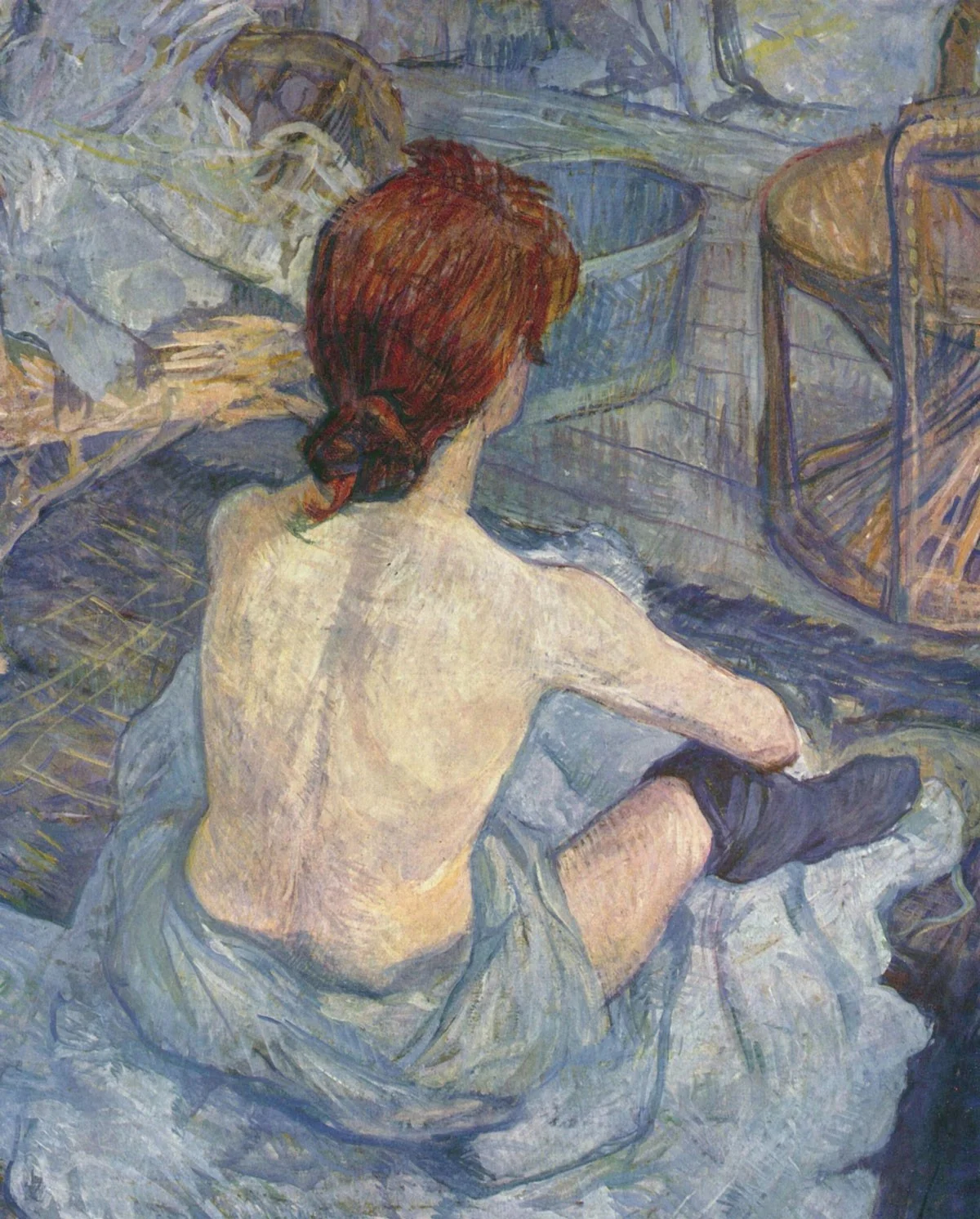Aesthete.
This was my word of the week.
Challenging, I will admit. So many tangents and tangentials to consider, especially as an eternal seventeen year old wanky art student, who could be said to hold a few Wildean pretensions in her own right.
“Art for art’s sake”, indeed.
The definition of “aesthete”, the noun, as it arrived in my inbox, fresh from Google’s magical worderising compendium, is 1. “a person who has, or professes to have, refined sensitivity towards the beauties of art or nature”, or 2. “a person who affects great love of art, music, poetry, etc., and indifference to practical matters.”
The whole Aesthetic movement (with a capital A), as it began, provides a magnifying glass onto human nature at its best and worst. The ideals, and the nobility of high thought which went into the initial principles behind it cannot be mocked; and yet the ludicrous excesses of vanity and venal desire which lie at its extremities can’t be dismissed either. To be considered an aesthete was, and is, a double-edged sword, and I do think G.K. Chesterton’s famous quote, whilst cruel, is pretty spot on if you think of an aesthete as one who ‘professes’ to have a refined sensitivity to beauty.
…the aesthete aims at harmony rather than beauty. If his hair does not match the mauve sunset against which he is standing, he hurriedly dyes his hair another shade of mauve. If his wife does not go with the wallpaper, he gets a divorce.
But then I think of The Picture of Dorian Gray, and the wild, wild pleasure which the senses derive from the simple scent of flowers. Oscar Wilde may have his deprecators, but my goodness the man understood the worth of beauty, in all its forms, whether innocent or evil, and whether internal or external.
Any writer worth their salt is an aesthete by default. Any writer who fails to be moved by great art, or says that those works produced from other mediums is in some way inferior to ‘writing’ – is an arse.
For me, painting, photography and music are essential to life. They are as much a part of my heart, soul and sanity as words; I’m not sure I am particularly adept at any of these forms, but without them, I may as well stop breathing in and out.
But it’s a little more than ‘art for art’s sake’, I think, where my love of those works, and those who are highly literate in any form, lies.
It’s the knowledge of what lies under the final layer of gesso, the finished manuscript, the developed photograph, the last crotchets and quavers inked into a concerto’s sheet music.
Pain. Heartache. Prayers. Hope, dreams, love, fear, bliss, arguments, rage, poverty, pleasure, candour, darkness, lust, cynicism, adoration… the infinite sensate tentacles which wind their way through all creative processes, whether they start at a blank page or a blank canvas.
Take Toulouse-Lautrec’s La Toilette, painted in 1889. I have been fortunate enough to see it up close and personal, which is the best way to see any art, of course.
When I look at it, I feel as though I am close to drowning in just being.
Behind this oil on cardboard lies the heartbeat of a man who, realistically, for his time, shouldn’t have survived birth. A tortured and not particularly pleasant man, who nevertheless gave those considered the dregs at the bottom of Parisian society’s champagne glass dignity and a fragile yet iron-strong beauty. The whores, the addicts, the poor and misunderstood.
The freaks and the clowns of sideshow alley, there for the entertainment of the haute polloi, among whom, but for the grace of God – said with heavy irony – the young Comte Henri Marie Raymond de Toulouse-Lautrec would have been a leader.
Instead, he was a crippled, absinthe soaked Pierrot, eternally pining for a succession of Columbines.
Being ill, and having signs of that illness show physically, automatically puts you into the tent with the bearded lady and the Siamese twins of a Barnum & Bailey-esque circus. You may want to be the wonder upon whom aesthetes cast their adoring gaze, but the fact is, you ain’t. And it is hard at times.
It is really hard.
Losing physical control – or having involuntary physical movement, or even more so, great whacks of involuntary physical pain that distorts one’s body –– is terrifying. It is humiliating. It is confronting.
It is a peeling back of the prettiness of Monet’s Waterlilies to reveal the cataracts which affected his ability to perceive colour.
I remember, once, my face spasming in public. It hurts like hell, so already I was dealing with that, but also with the whole scenario of being seen by strangers whilst my face looks as though I have had a severe and highly contortioning stroke. It was quite early on in terms of my Parkinson’s life, so I was extremely conscious of it.
A little girl pointed at me and said “look, Mummy, a monster.” Her mother, the poor woman, was mortified. To try and make her feel better, more than anything, I think, I made monster noises and did T. Rex hand movements, and the little girl giggled.
I went home and wept.
I do not consider myself beautiful, but that day, I saw myself as truly ugly, and it was a not so little death.
Now, I am (a tiny bit) wiser, and am mostly able to see the beauty in what lies beneath the contortions. It sits in the fact that I can make fun of myself, and laugh at the shittiness, and I do it more often than I roll in a ball and say “it’s not fair”. I don’t think it’s hugely egotistical to say there is an aesthetic value to this ability.
Some monsters may look scary, but it’s all bluff. Underneath, they’re just like the rest of humanity – capable of a refined sensibility towards the beauty of art and nature.
Grrrrowwwwwl.
With appropriate hand gestures.














